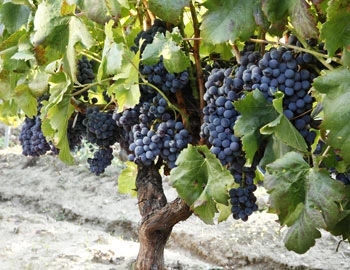Müller-Thurgau
Germany and Switzerland combine
Yes, this grape actually gets its name from a Mr Müller from Thurgau. Then active as a wine researcher in Germany, the Swiss Hermann Müller developed the flowery, peachy new variety in 1882. Unfortunately, it was not accepted into the German register of varieties, so he took the seedlings with him to Switzerland. Here they settled under the name Riesling-Silvaner. This was because Hermann Müller mistakenly thought his white creation was a cross between these grapes. His error was only discovered later: the actual parents of the Riesling-Silvaner are Riesling and the ornamental grape Madeleine royal. Meanwhile, the Germans realised what they had missed. Above all, vintners from Lake Constance would have liked to have planted the Riesling-Silvaner, but they were not allowed. Thus, in 1925, a young winemaker rowed across the lake at night, smuggling 400 seedlings across the border in a fishing boat. Thirty years later, the grape was officially named Müller-Thurgau. It is called by the exact same name in Thurgau.




